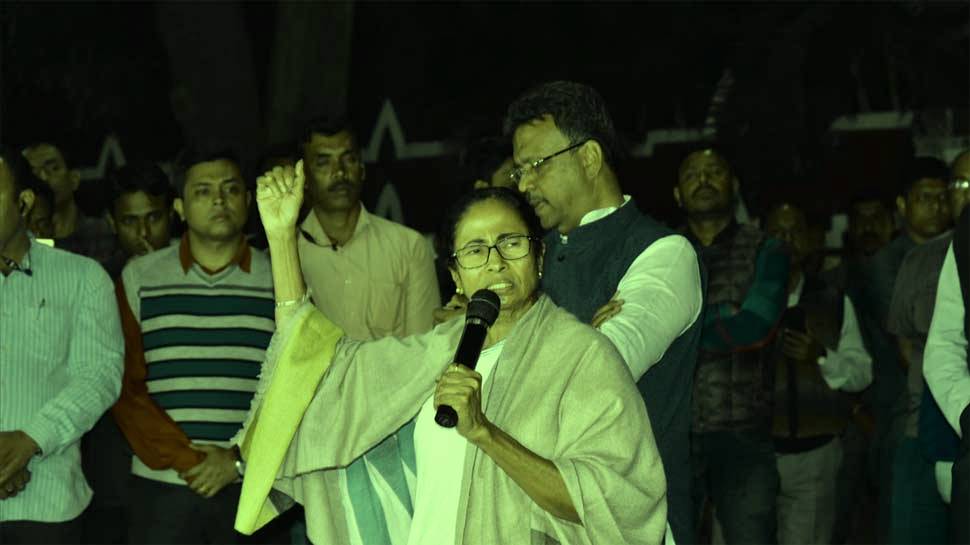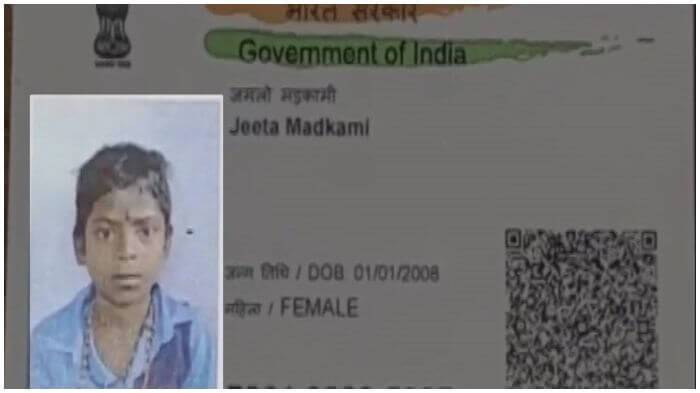
Rajendra Sail breathed his last on January 26 at Raipur, in Chattisgarh. He led a life of intense commitment to human rights , a commitment that spanned several decades and found expression in a diversity of struggles for justice and equality.
Among his many-sided achievements he will be remembered the most for his continuing, consistent support to the working class movements led by Shankar Guha Niyogi and his prolonged, successful struggle for the release and rehabilitation of thousands of bonded workers of Chattisgarh. The two efforts became one when the emerging union of bonded workers was affiliated to the Niyogi-led organizations and the Chattisgarh Mukti Morcha.
When Niyogi achieved remarkable success in a short time for mining workers, inevitably he faced a gang-up of hostile forces. As the secretary of the People’s Union for Civil Liberties in the region, Rajendra Sail took up a very active role in providing legal help as well as in ensuring that the truth about the new emerging working class struggles could reach the wider world. As many journalists and civil liberties activists reporting or preparing documents on these struggles would readily agree, the help provided by Rajendra Sail was very useful for them. There were frequent crackdowns and arrests, Niyogi himself was arrested several times, and hence the continuity in the help by a senior, capable and committed civil liberties activist like Rajendra Sail was very useful for these struggles.
The deep commitment of Sail was also evident in the long struggle he led for the release and rehabilitation of thousands of bonded workers around Mahasamund in Chattisgarh. Just identifying bonded workers was difficult in the hostile conditions but Sail went on to take the task to the next stage of release and rehabilitation. In this he was helped by the directions of the Supreme Court. This was just one of the several examples when he fought long legal cases in the interests of justice for weakest sections.
It was a truly heartwarming sight to see the workers who had been bonded for several generation getting the benefit of government schemes as well as the special schemes mobilized by Sail and his colleagues. These schemes were innovative and very creative. One interview I have not forgotten is of a woman of a former bonded worker household telling me proudly that now that she is the elected village head the former master comes to her for getting her signatures on documents!
It was not an easy task to combine the roles of standing in complete solidarity with the unions (which were being constantly victimized and suppressed by the authorities and industrialists) and also seeking the cooperation of the government machinery for the release and rehabilitation of bonded workers, a process extending over several years. That Sail could combine these roles testifies to his many-sided capabilities.
In addition he also reached out to other struggles in various parts of the country. Whether it was the Narmada struggle, the struggle of Bhopal gas tragedy victims or the struggle of fisherfolk, he at least tried to extend a helping hand. The establishment of the Indian National Social Action Forum, better known simply as INSAF, provided him an opportunity to take forward his concerns at a wider level. Here as well as at the PUCL, he played an important role at the national level.
His voice was a heard with respect in many Christian organizations where he tried to make the case for linking up their activities with wider objectives of justice and equality. In his own territory in Chattisgarh he along with his wife Shashi tried to realized these objectives at several levels. While Shashi was active in several women’s organizations, with membership mainly from weaker sections, which took up several struggles particularly anti-liquor struggles, Rajendra worker quietly to play a helpful and supportive role. They also contributed a lot to important local institutions like the Raipur Churches Development and Relief Committee and the Multipurpose Polytechnic which made many-sided important contributions. The Polytechnic did not just remain an institution of vocational training but was linked to the aspirations of released bonded workers for new and diverse livelihoods. Hence in one village I saw a soap being made by a group of released bonded workers, who had been trained in this new work at this polytechnic. The workers had even learnt from the market to give a brand name to the soap made in their cottage-scale initiative. The brand-name was Kranti ( revolution)!
Despite being surrounded by many difficulties and despite being the target of much unfair criticism by powerful interests, Sail managed to be very creative in his several constructive initiatives. After all combining struggle with constructive work was a basic message of his close friend and idol Shankar Guha Niyogi.
Bharat Dogra is a freelance journalist who has been involved with several social movements and initiatives. His recent book on survival issues and people’s response titled Planet in Peril has been published by Vitasta, Delhi.













